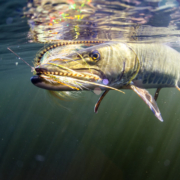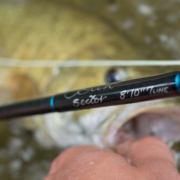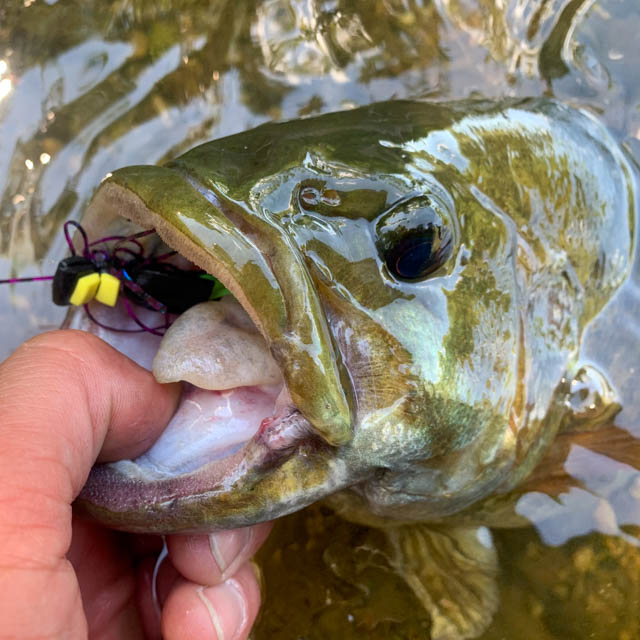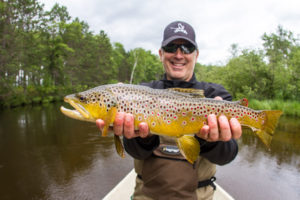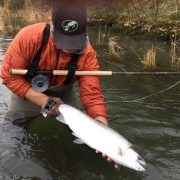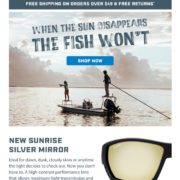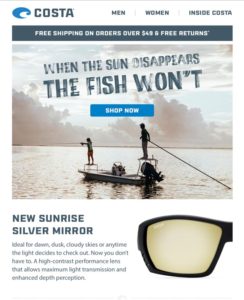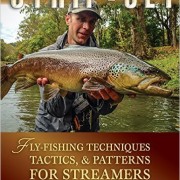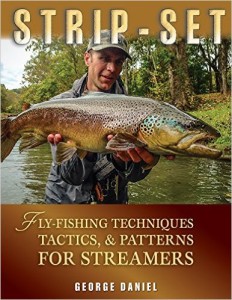Echo Muskie Rod Review
New Echo Muskie Rod
This fall, during our annual Muskie adventure up North, we had the chance to put the new Echo Muskie Rod to the test. Echo Rods reached out to Ed McCoy and myself to see if we would be interested in testing out their new predator rod and then provide them with some feedback. Absolutely we were in, and to sum up our experience in just a few words, We liked it a lot!
Postive Feedback
The first thing that Ed and I both noticed right away is that this 11 weight rod doesn’t feel like an 11 weight at all! Ed and I have both had several of these bigger rods in our arsenal before and have either sold them or just quit using the bigger 11 weight rods with our clients. What I have found over the years is the bigger rods are just too much rod for my typical client. Honestly these bigger rods aren’t even for me, I just don’t enjoy throwing an 11 weight for that many casts. The new Echo Muskie Rod doesn’t feel that way at all. In fact if you were to blind fold me and ask me to guess what weight this rod feels like, I would probably guess it was an 8 weight.
The next great surprise is that this rod, even though it is very light in the hand, has tremendous hidden power! The 8’8″ 11 weight – 4pc we tested had no problem throwing the 450 grain lines we prefer. The rod handled both the Sonar Titan 3/5/7 and the Sonar Musky lines with no problem at all. This rod demonstrated the ability to deliver flies of all sizes and materials at distance. It even handled Ed’s super sized game-changers. The new Echo Muskie Rod had no problem delivering flies we commonly fish for Muskie. This rod received positive feedback from all who fished it. Watch the video below from our friends at the Northern Angler to see more of this rod in action.
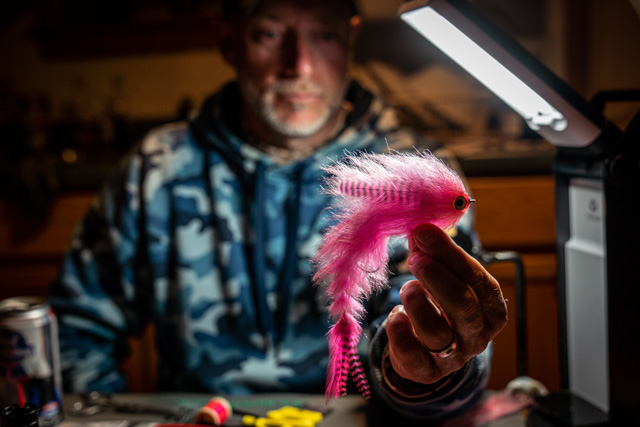
Fighting Grip
The next piece of positive feed back we had for this rod regards the integrated fighting grip and extended butt handle. The fighting grip combination received a lot of positive complements from our clients. Throwing these silly sized flies all day is taxing on the body! Your arm fatigues, your grip gets a work out, but the size and feel of the new Echo Muskie Rod’s fighting grip is really well designed. The extended fighting grip butt section helps immensely when doing a proper figure 8. It can also be used as a two-hand overhead casting tool when your shoulder starts to feel it. It’s one of the only rods where Ed and I both agree on the fighting grip design. We both walked away from our experiences with a positive review.
Echo Rod Video Review
Shop Local
The new Echo Muskie Rod is truly a great rod for muskie fishing. I can also see this rod being used for Golden Dorado and various saltwater fishing applications. Plus this rod won’t break the bank at the price point of $299! This is truly a great rod for the value. If you are looking for a new predator rod, make sure to check out your local fly shop. If you need help finding this rod, please let Ed and I know and we are happy to put you in touch with a local shop carrying this rod.
Jon Ray

